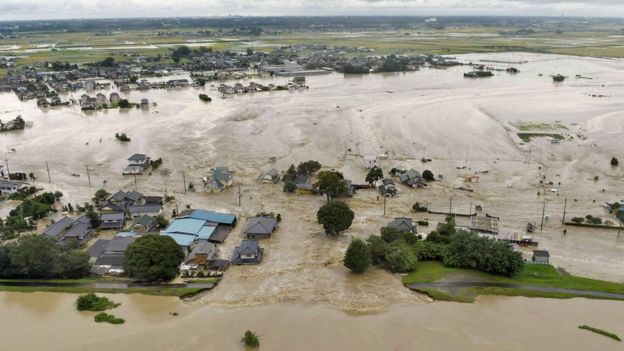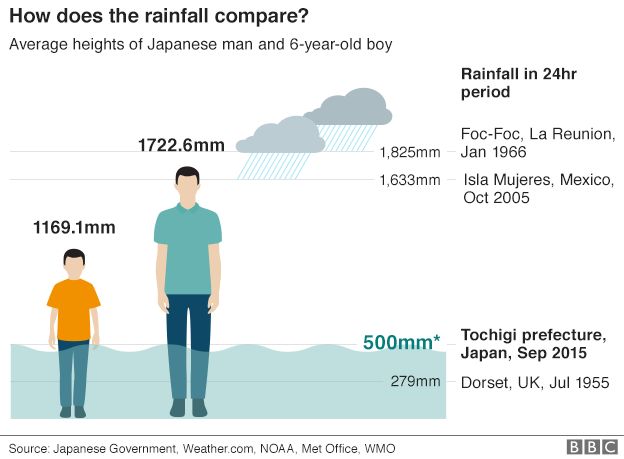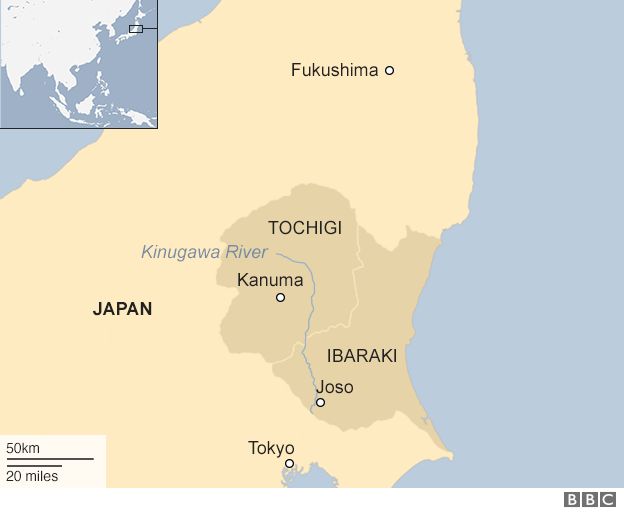
Indonesia declared a state of emergency Monday in a province choked with thick smoke from brush fires, as the pall continued to spread to other parts of Southeast Asia and fears mounted that worsening air quality could affect the international Grand Prix race set for Sunday in neighboring Singapore.
The emergency announcement in Indonesia’s Riau province on Sumatra island came as aircraft were deployed to water-bomb the raging blazes, and to seed clouds with chemicals in attempt to induce rain.
Indonesia had said Friday it would send more than 1,000 troops to fight fires in southern Sumatra, with smoke sickening thousands of people and pushing air quality to unhealthy levels across the narrow straits in Singapore and Malaysia.
Indonesia has vowed in previous years to end the seasonal fires, but has failed each time to stop the so-called "haze" caused by slash-and-burn land clearing on the islands of Sumatra and Borneo, where large areas of forest and brush concessions are held by palm oil and pulp-and-paper companies. The problem has been occurring during the region’s annual dry season for the past two decades.
Indonesian troops will be sent to the provinces of South Sumatra and Jambi, two of the main hotspots, Indonesia's National Disaster Mitigation Agency (BNPB) said.
If necessary, the agency will also send in additional helicopters to help water-bomb fires.
"We have mobilized national resources to put out the fires," newly appointed BNPB chief Willem Rampangilei said in a news release.
South Sumatra, one of the main centers of the fires, has alone reported 22,585 cases of acute respiratory tract infections since Friday.
Singapore has passed legislation allowing authorities to fine companies that cause or contribute to haze, regardless of whether they have an office in the city-state. But Indonesia has previously faced criticism for failing to hand over information about the suspected culprits.
Early on Friday, Singapore's Pollutants Standard Index rose to 248, which categorizes the air as "very unhealthy," at one level below the index's highest air pollution category of "hazardous."
The organizers of the Singapore Grand Prix were also keeping a close watch on the situation. The F1 race, to be held this weekend, has taken place in Singapore since 2008 and draws hordes of tourists and racing enthusiasts from the region and beyond.
"In the event that the haze caused visibility, public health or operational issues, Singapore GP would work closely with the relevant agencies before making any collective decisions regarding the event," the Singapore GP said in a statement.
However, a decision on whether it will be safe to race will be made by FIA Race Director Charlie Whiting after consulting with drivers and teams.
The race has always been held at this time of year, and while there has been some haze in past years, it has never prevented the race from going ahead.
Singapore, which was voting in a general election on Friday, advised citizens against strenuous outdoor exercise.
Wire services
sumber: aljazeera




